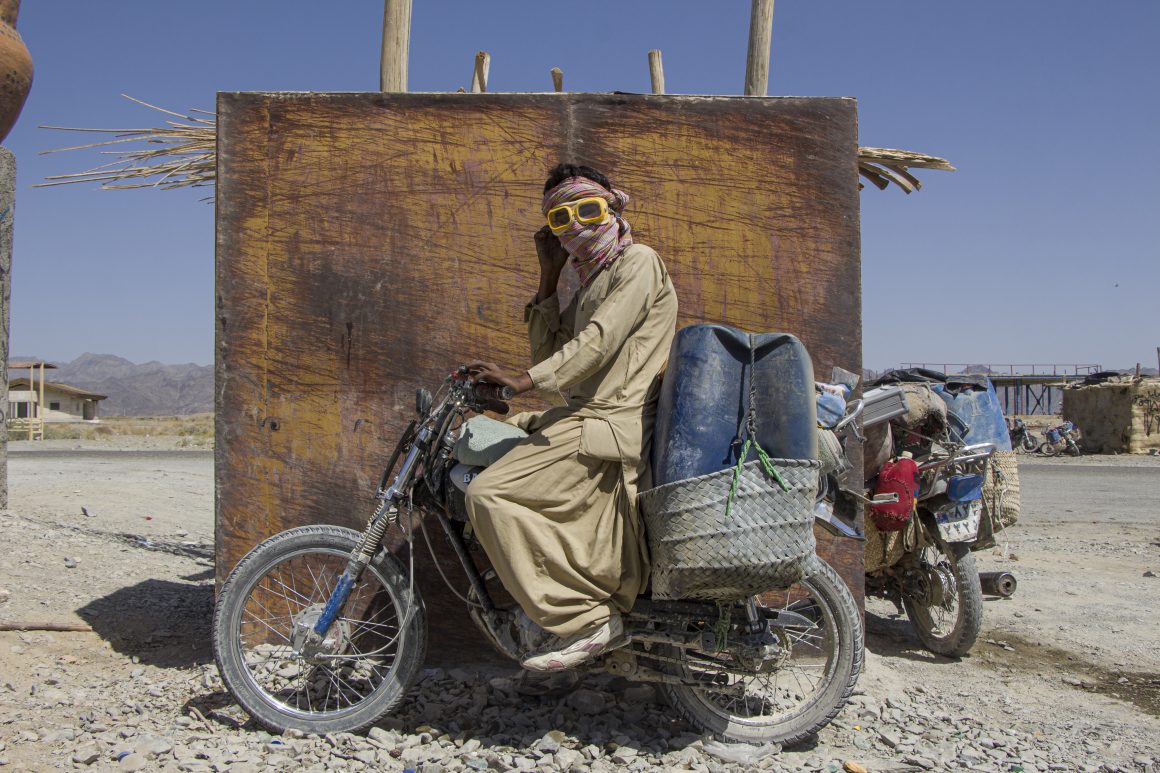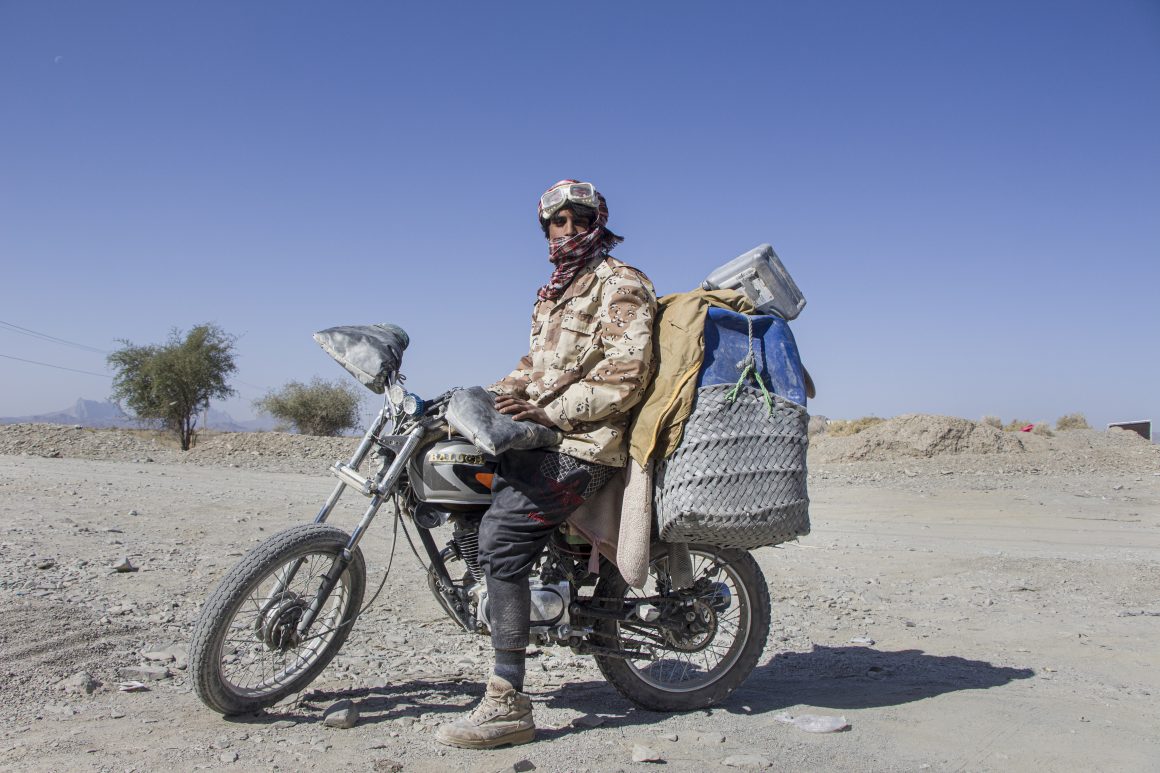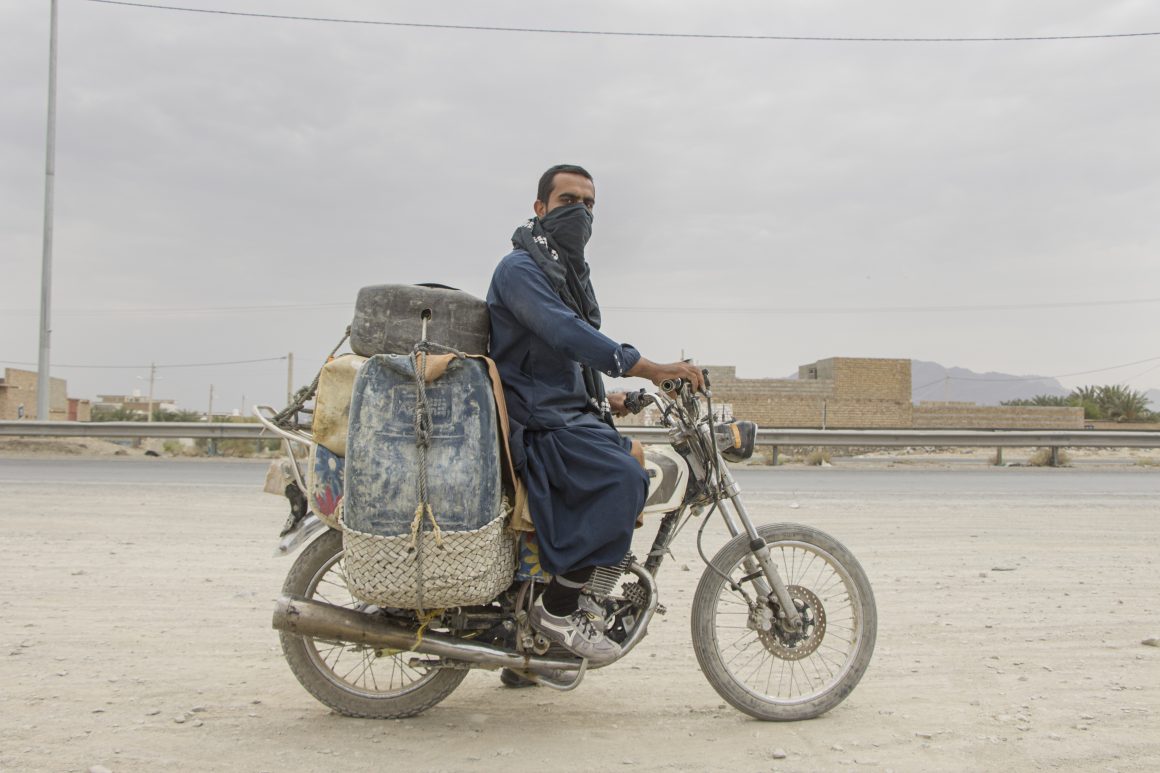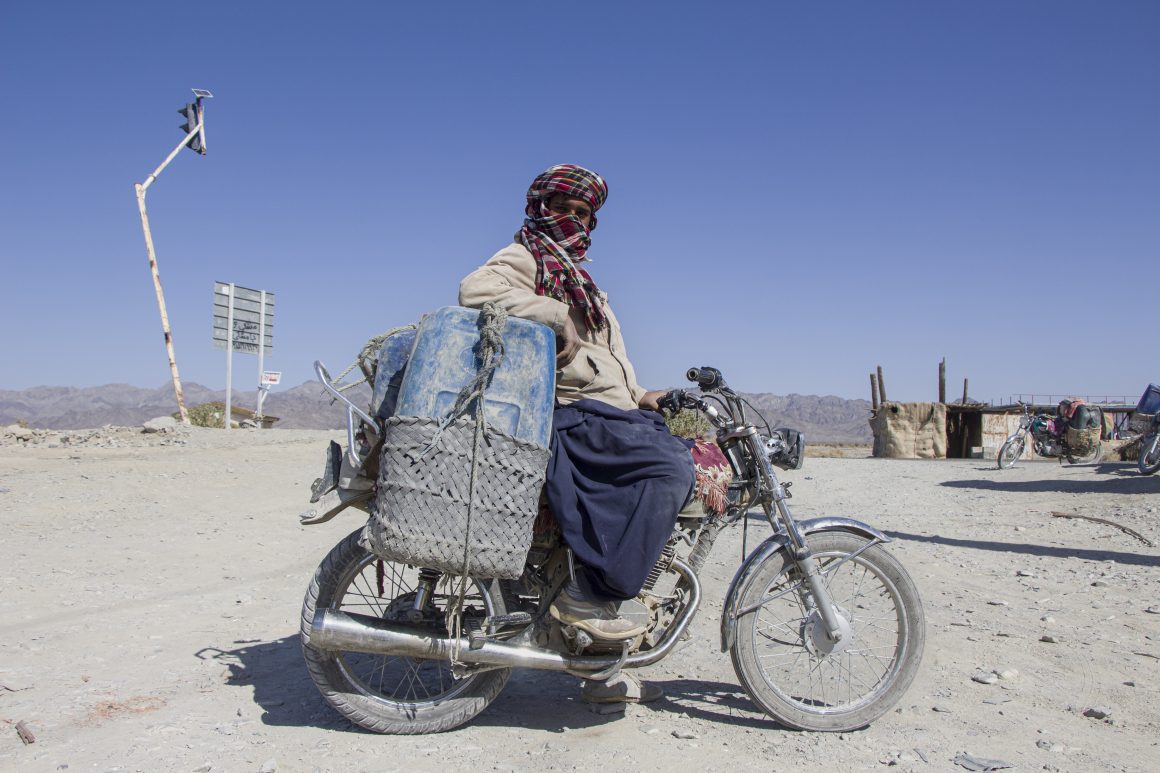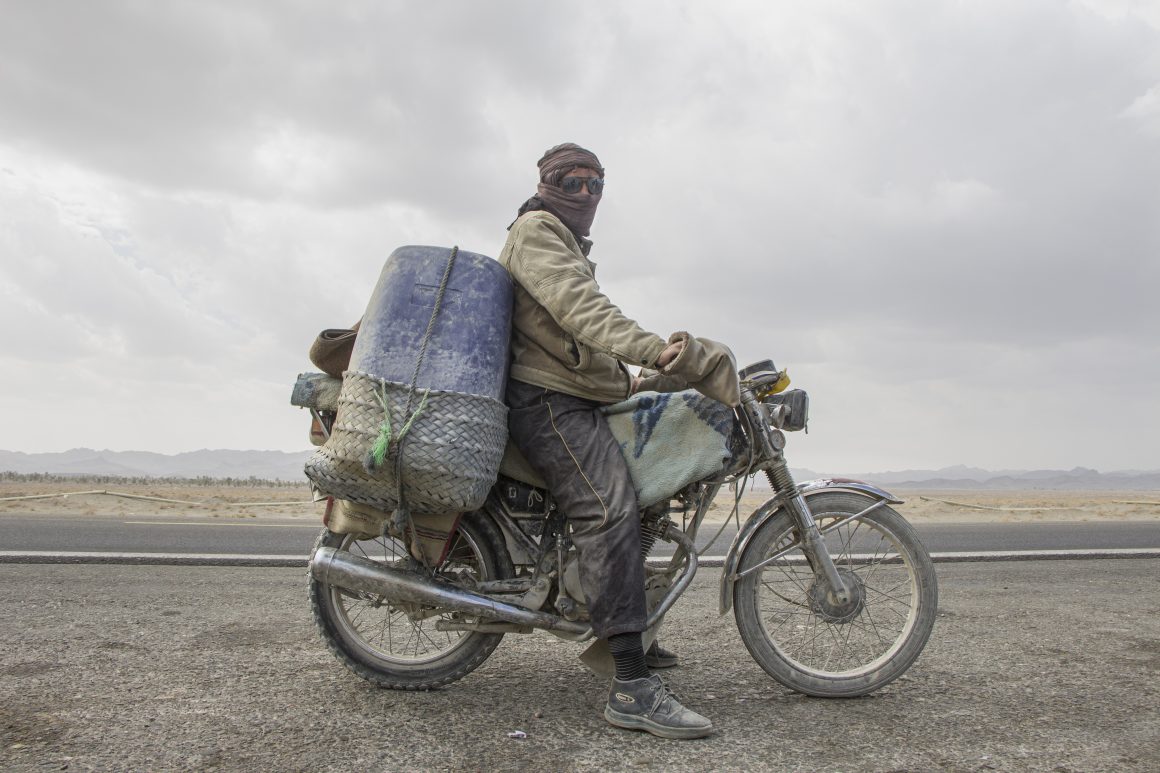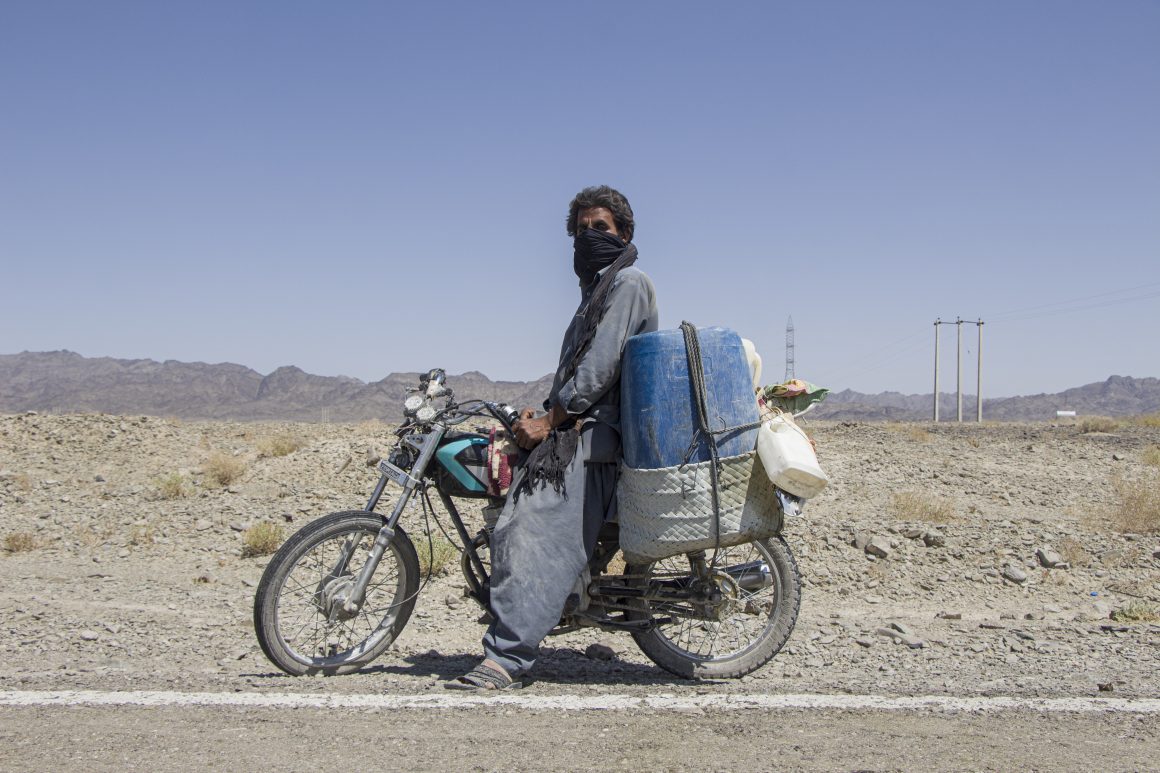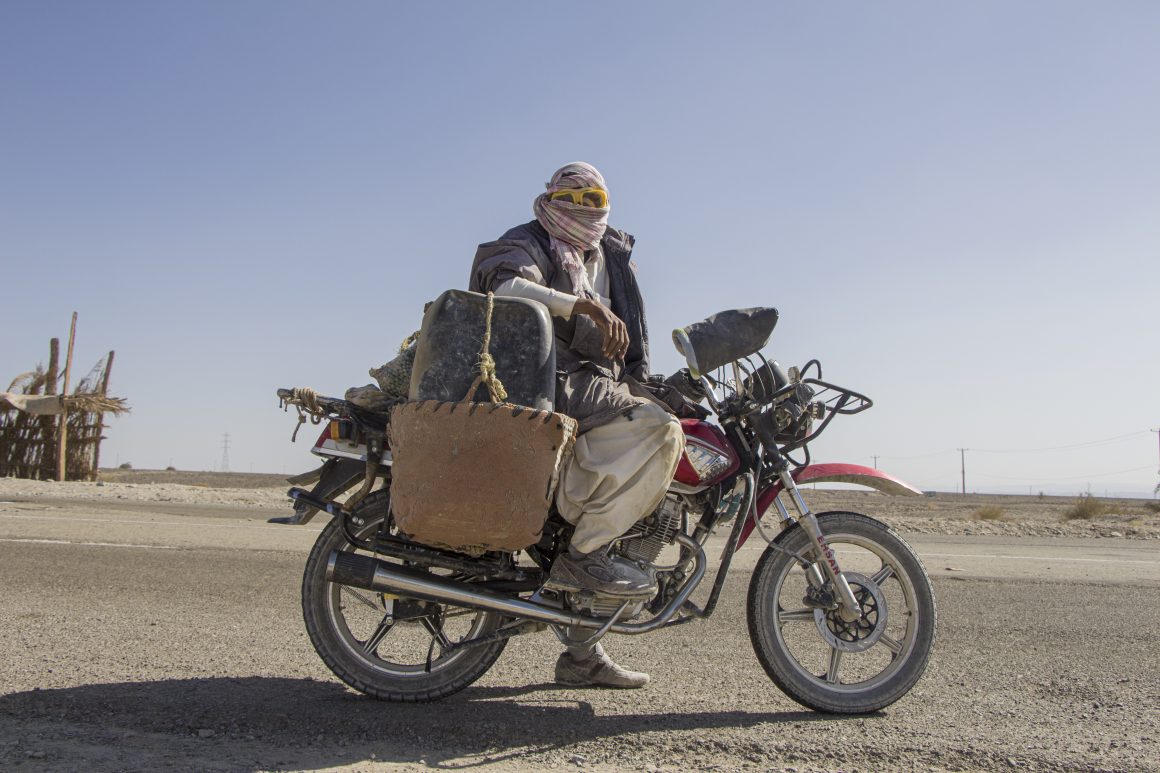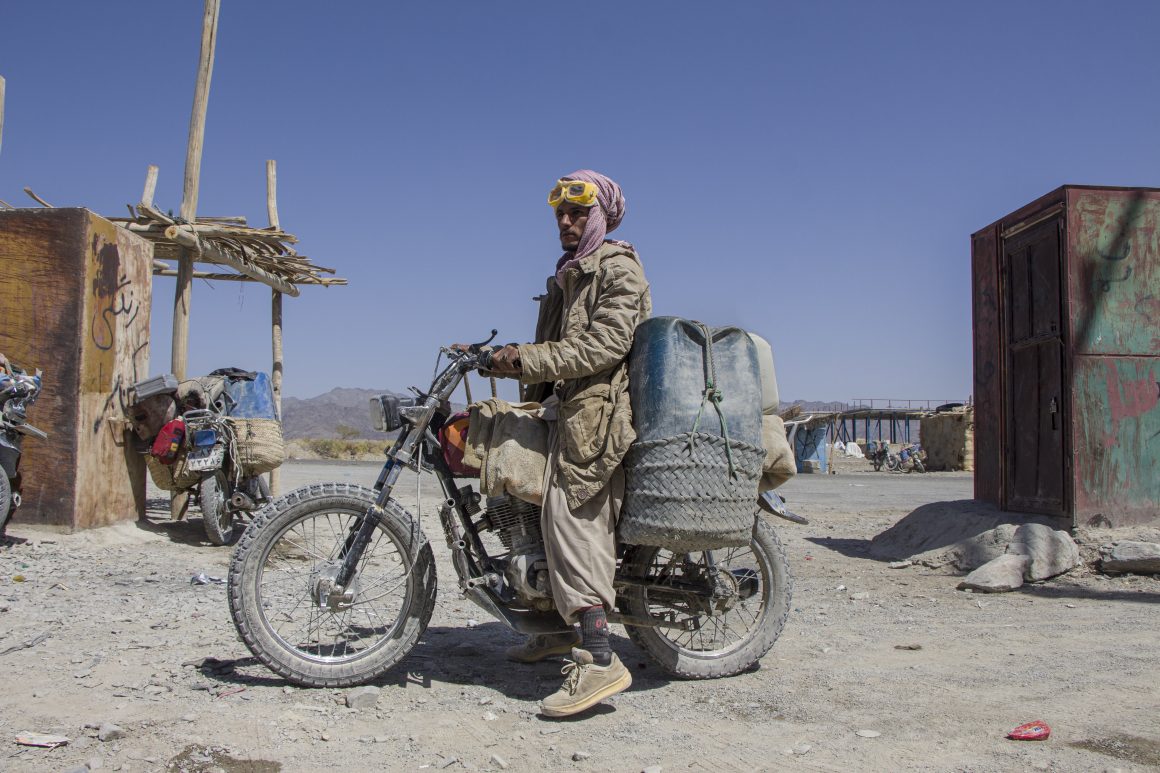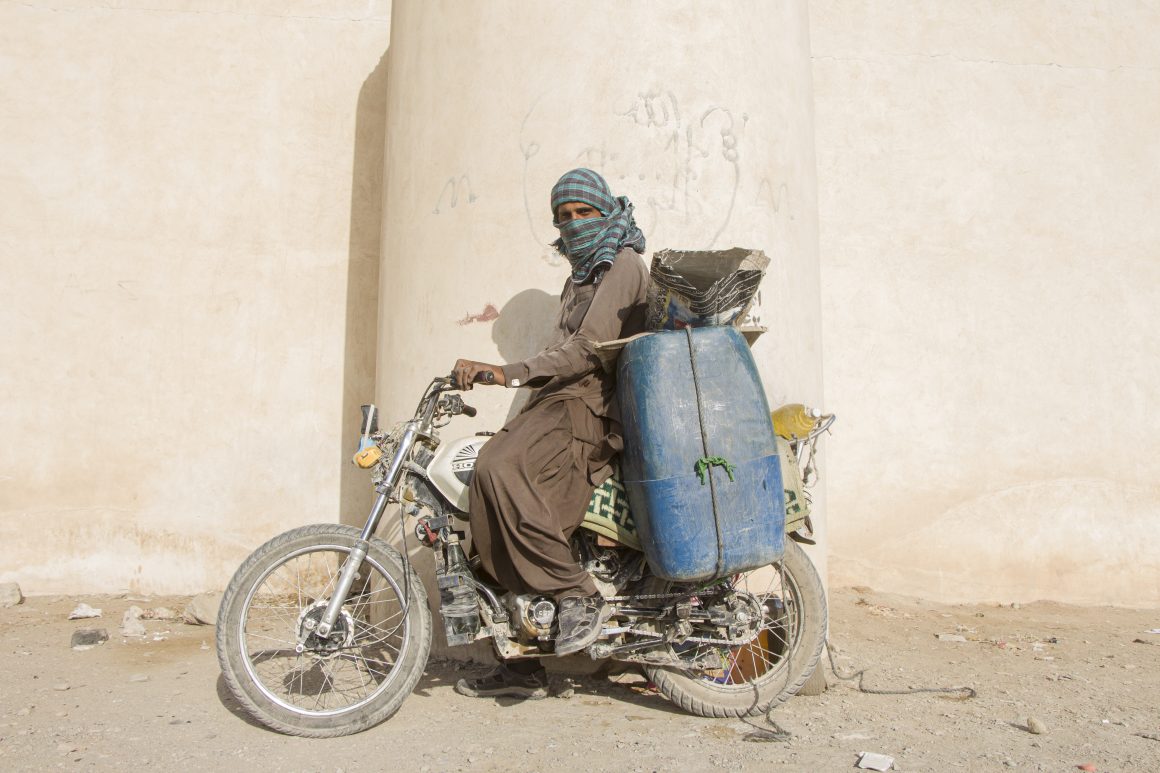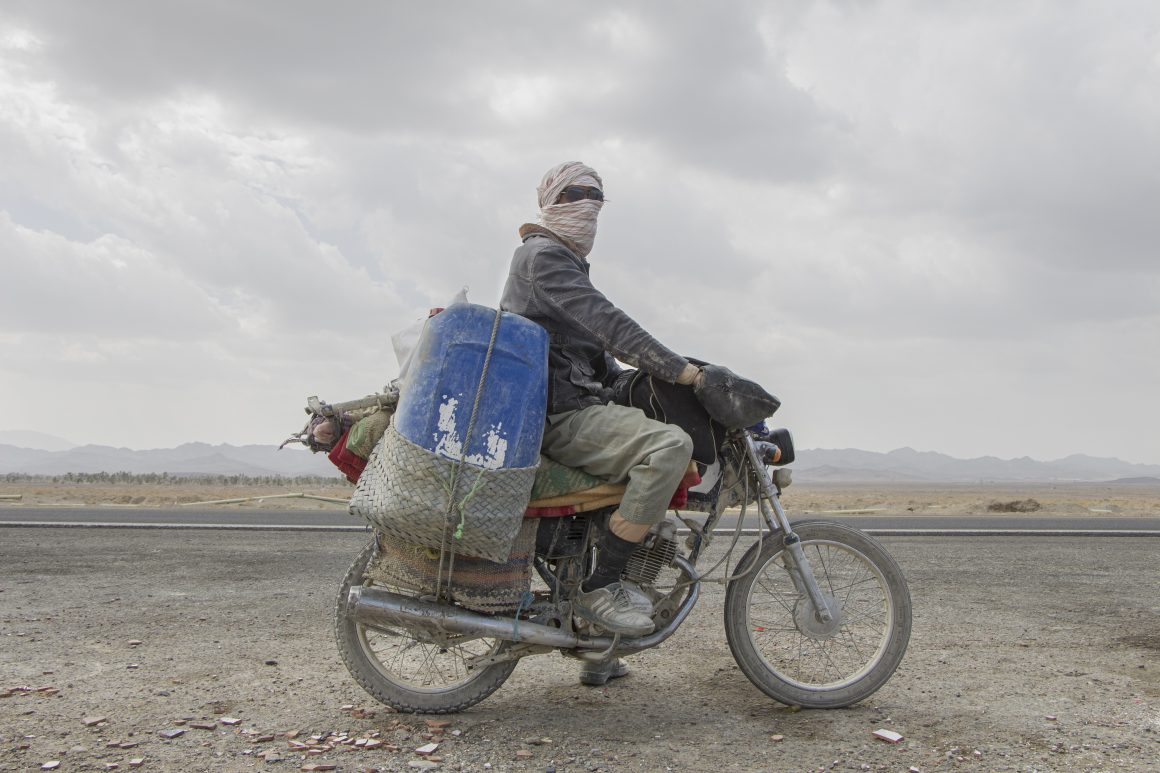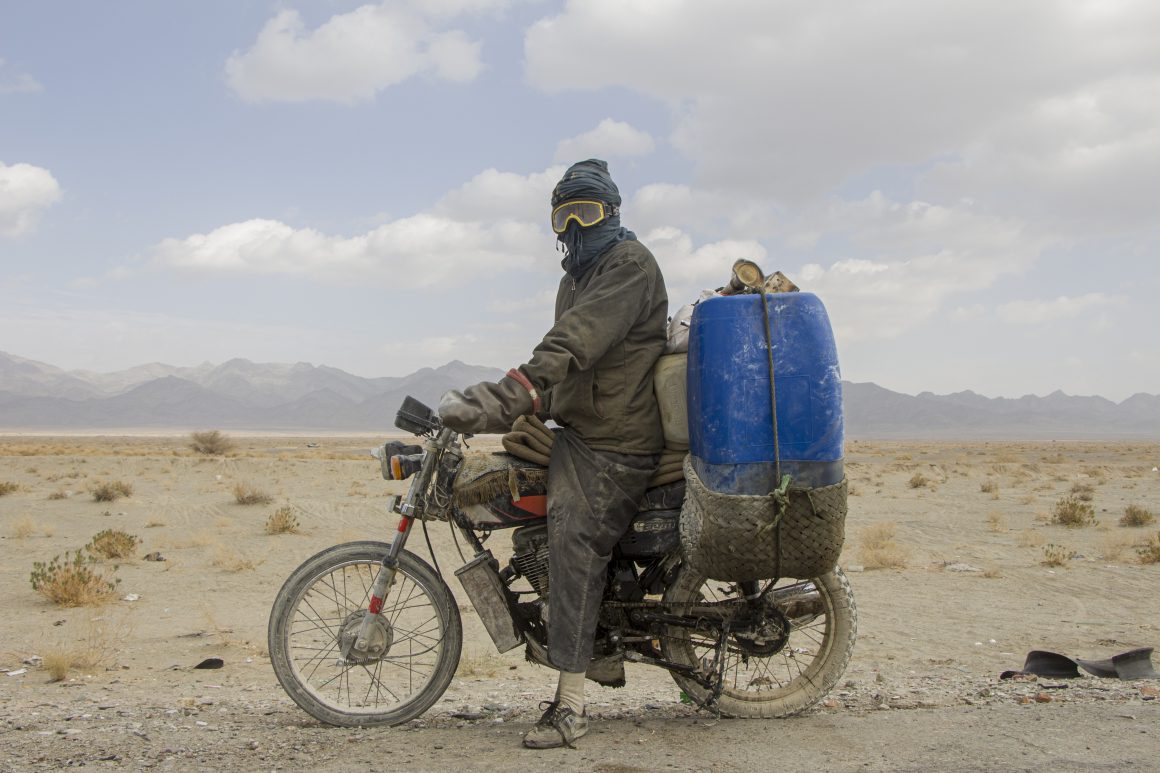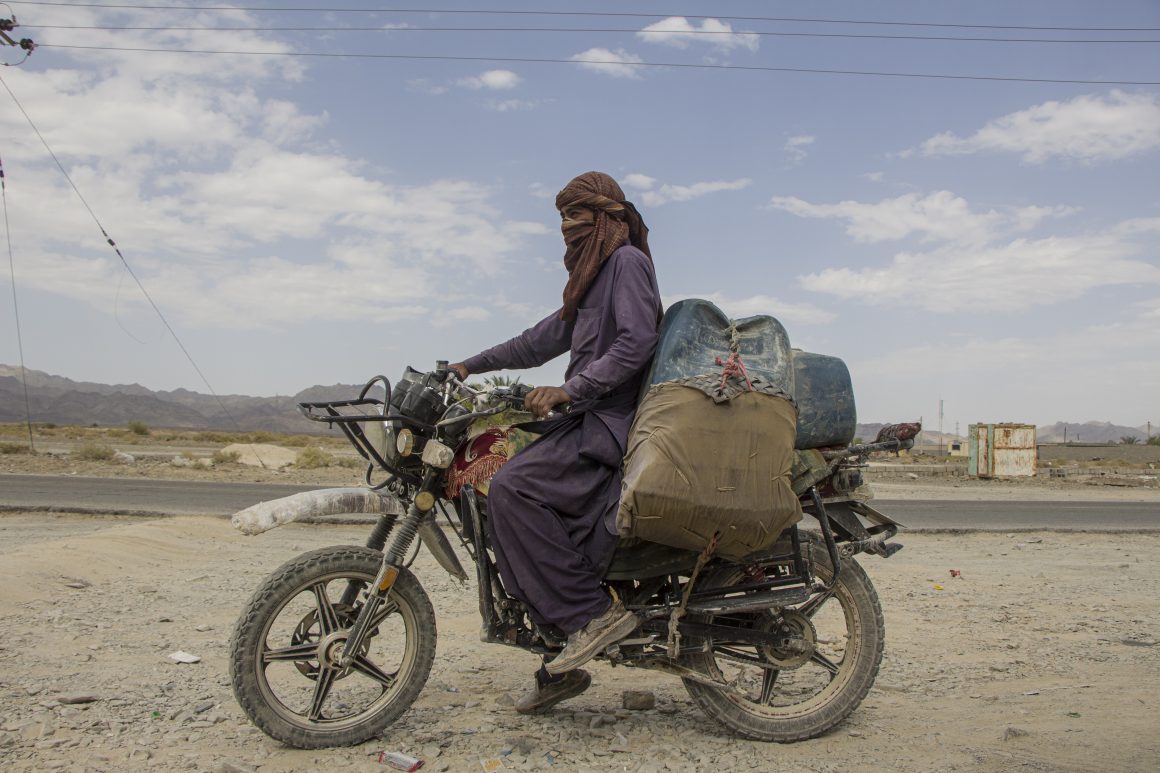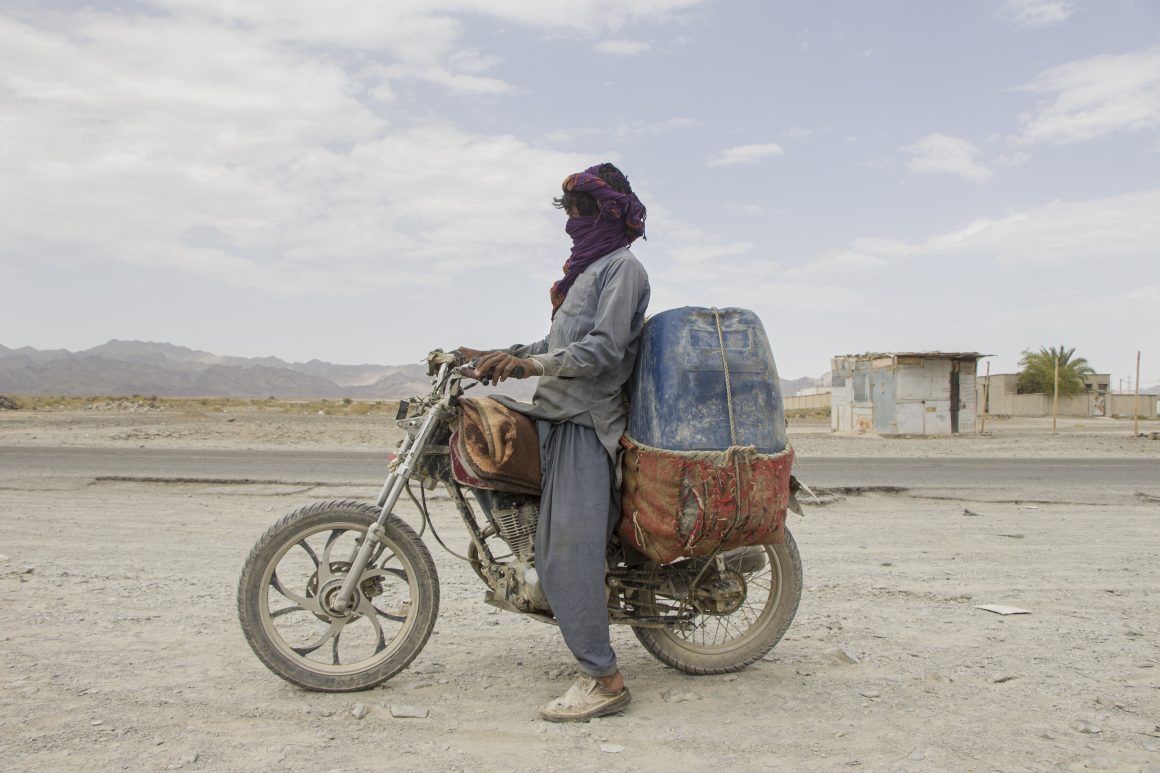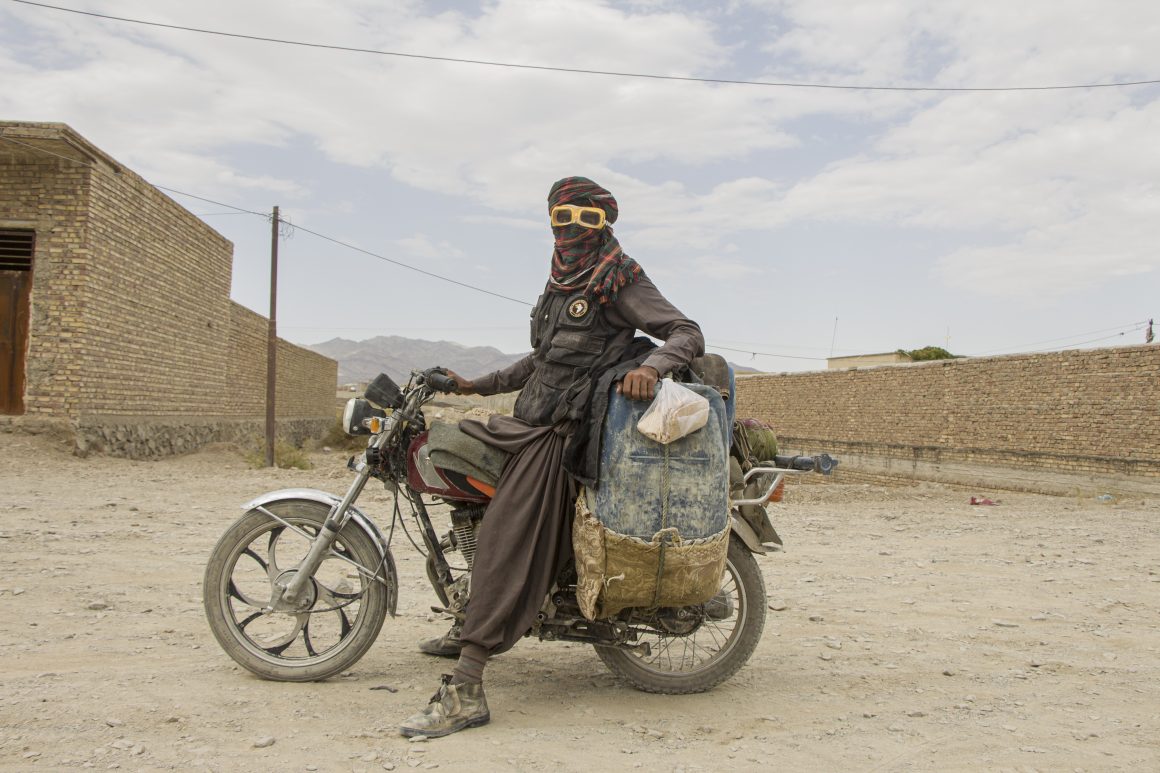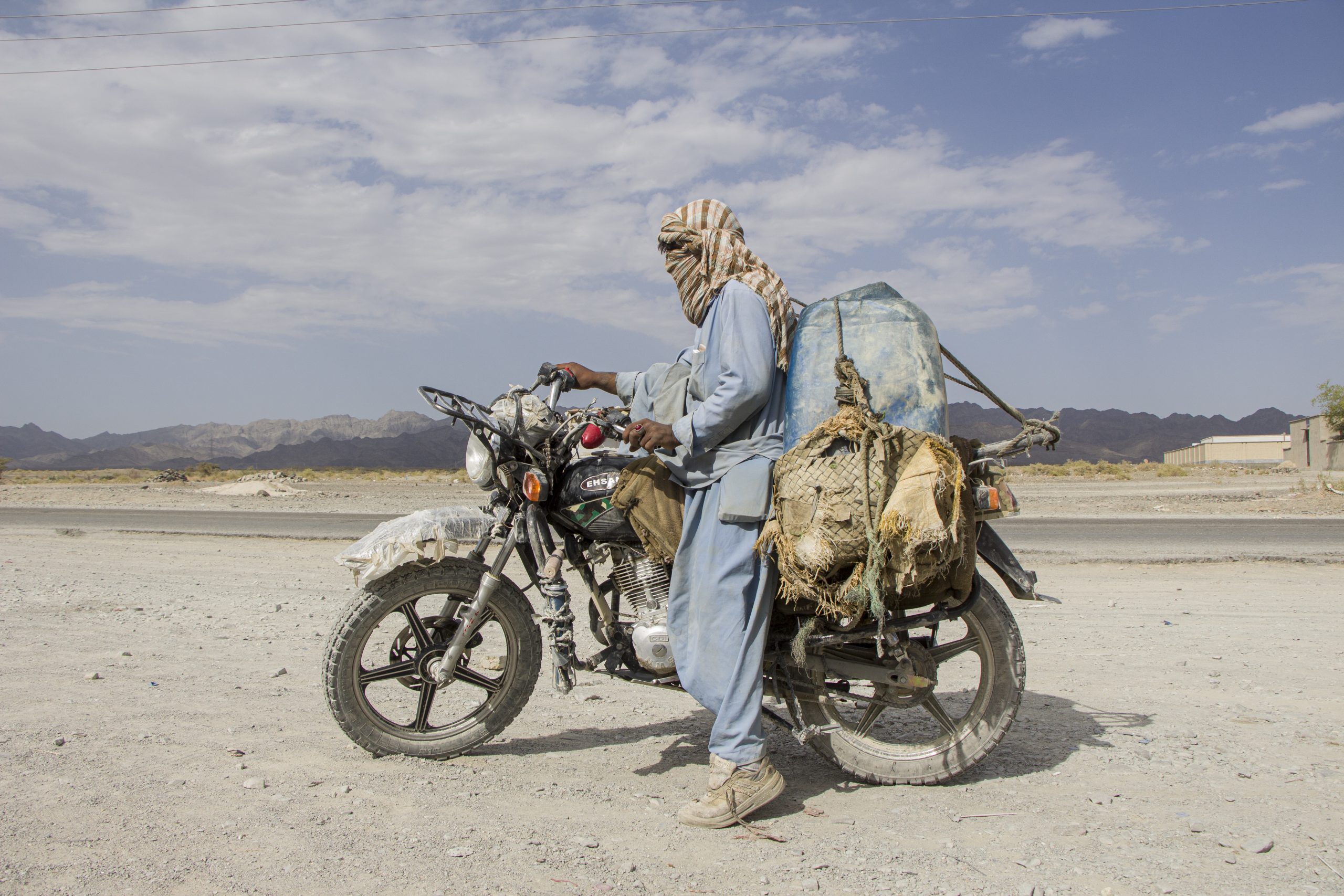
For ten dollars
Sistan and Baluchistan with an area of 181,785 Km 2, located in the southeast of Iran, is the largest province of Iran. Farming and animal husbandry have always been the main job in this region. Due to the droughts in the past few years, this province is known as the most deprived region in Iran. Considering the very long borderline of this province with Pakistan and Afghanistan, many villagers, who have been deprived of work and income, have no choice for a living other than doing a very hard and dangerous job called fuel-carrying. Among people, those with better economic conditions use their own vehicles for fuel-carrying. Even some of the children and adolescents drop out of school and work as drivers or driver’s mates of the fuel-carrier vehicles in order to help the family’s economy. In order to make a living, they collect fuel from different cities of the province with their own motorbikes and ride their motorbikes on very long and dangerous roads to take the fuel to the borders of Pakistan.
These motorbike riders earn very small amounts of money since they can carry only small amounts of fuel. Many have to ride several hours from neighboring cities such as Khash, Iranshahr, and Mehrestan to reach the border city of Saravan.
Then they must cover impassable and rocky paths to reach the borders of Pakistan where they have to pass rocks and, sometimes, mountains to transfer the fuel to the borders. Some riders, when climbing up, lose their control and fall down into valleys with their 180L cargo causing severe wounds and even death.
After all of these dangers, fuel-carriers are sometimes caught by bandits and lose not only their entire cargo but also their motorbikes. Sometimes arrested by border police forces and, thus, their motorbike and fuel are confiscated. Due to these dangers and difficulties, these fuel-carriers can work only twice a week and earn only twenty dollars every week.
The strict measures applied at the borders of the countries have made these motorbike riders’ jobs more difficult so that the number of individuals who can make a living from this job is gradually reduced. This collection includes portraits that illustrate the fuel-carries along with their vehicle, which is their main tool for making income, at the time of starting their dangerous journey.
